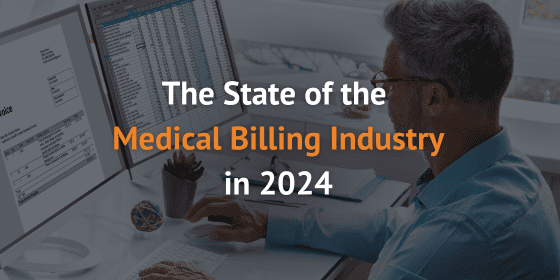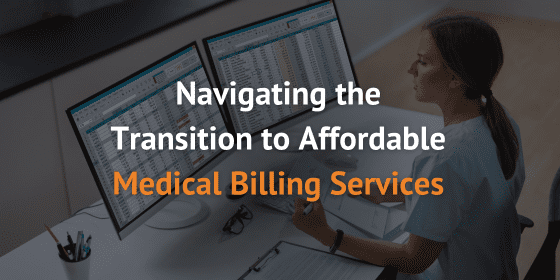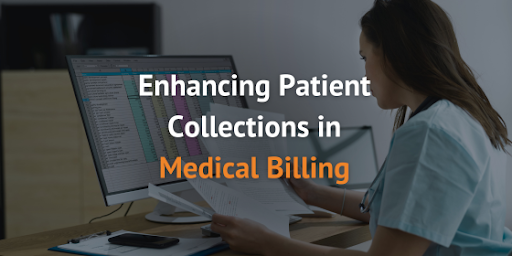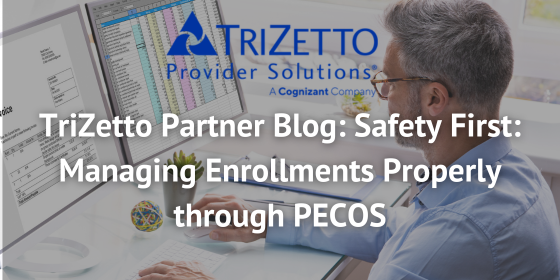
5 Best Practices for Medical Billing to Power Improved Performance
Efficient medical billing is crucial for the financial health of healthcare providers. Proper billing practices directly impact revenue cycle management and help reduce claim denials. According to Equifax, poor billing practices result in doctors in the US losing approximately $125 billion per year, or about $5 million per provider.
Here are five best practices for medical billing that can power improved performance in your practice.
Verify Patient Information and Insurance Eligibility
Ensuring accurate patient information and verifying insurance eligibility are vital steps in the billing process. Errors in patient data can lead to claim denials and delays in payment. Implementing robust verification processes at the point of care can help prevent these issues. Medical billing software offers automated eligibility checks, which can reduce errors and enhance the accuracy of patient information, leading to higher claim acceptance rates.
Implement Accurate and Timely Coding Practices
Accurate medical coding is essential for successful claim submissions. Common coding errors, such as using outdated codes or incorrect modifiers, can result in claim rejections and financial losses. Solutions like EZClaim’s integrated applications provide real-time feedback and support accurate coding practices. Leveraging these tools ensures that your coding is precise and up-to-date, minimizing errors and streamlining the billing process.
Utilize Electronic Health Records (EHR) and Billing Software Integration
Integrating EHR and billing software can significantly reduce manual data entry and minimize errors. This integration allows for seamless data transfer and synchronization, ensuring that all patient information is accurate and up-to-date. EZClaim offers seamless integration with various EHR systems, enhancing the efficiency of your billing operations and reducing the risk of errors.
Regularly Monitor and Analyze Billing Reports
Regularly reviewing billing reports is essential for identifying trends, pinpointing errors, and making informed decisions. Detailed reports provide valuable insights into your practice’s financial performance and highlight areas needing improvement. The right medical billing software offers comprehensive reporting capabilities that allow you to monitor your billing processes effectively, helping you make data-driven decisions that improve your revenue cycle management.
Provide Continuous Training and Support for Billing Staff
Continuous education and training for billing staff are crucial for handling complex billing scenarios and staying updated with industry changes. Well-trained staff can navigate billing challenges more effectively, reducing the likelihood of errors. EZClaim provides extensive customer support and training resources, including webinars and best-practice tips, to ensure your staff is well-equipped to manage billing processes efficiently.
Conclusion
Adopting these best practices for medical billing can lead to significant improvements in your practice’s performance.
EZClaim helps practices implement these strategies through its advanced features and dedicated support. With EZClaim’s automated eligibility checks, you can ensure accurate patient information, reducing claim errors. The real-time coding feedback supports accurate coding practices, minimizing rejections. Seamless integration with EHR systems enhances efficiency and reduces manual data entry errors. Comprehensive reporting capabilities provide detailed insights for informed decision-making, while extensive training resources, including webinars and best-practice tips, ensure your staff remains well-trained and capable of managing billing processes efficiently.
By leveraging EZClaim’s solutions, you can streamline your billing processes, reduce claim denials, and enhance overall efficiency. Schedule a demo with EZClaim today to see how our solutions can benefit your practice.






